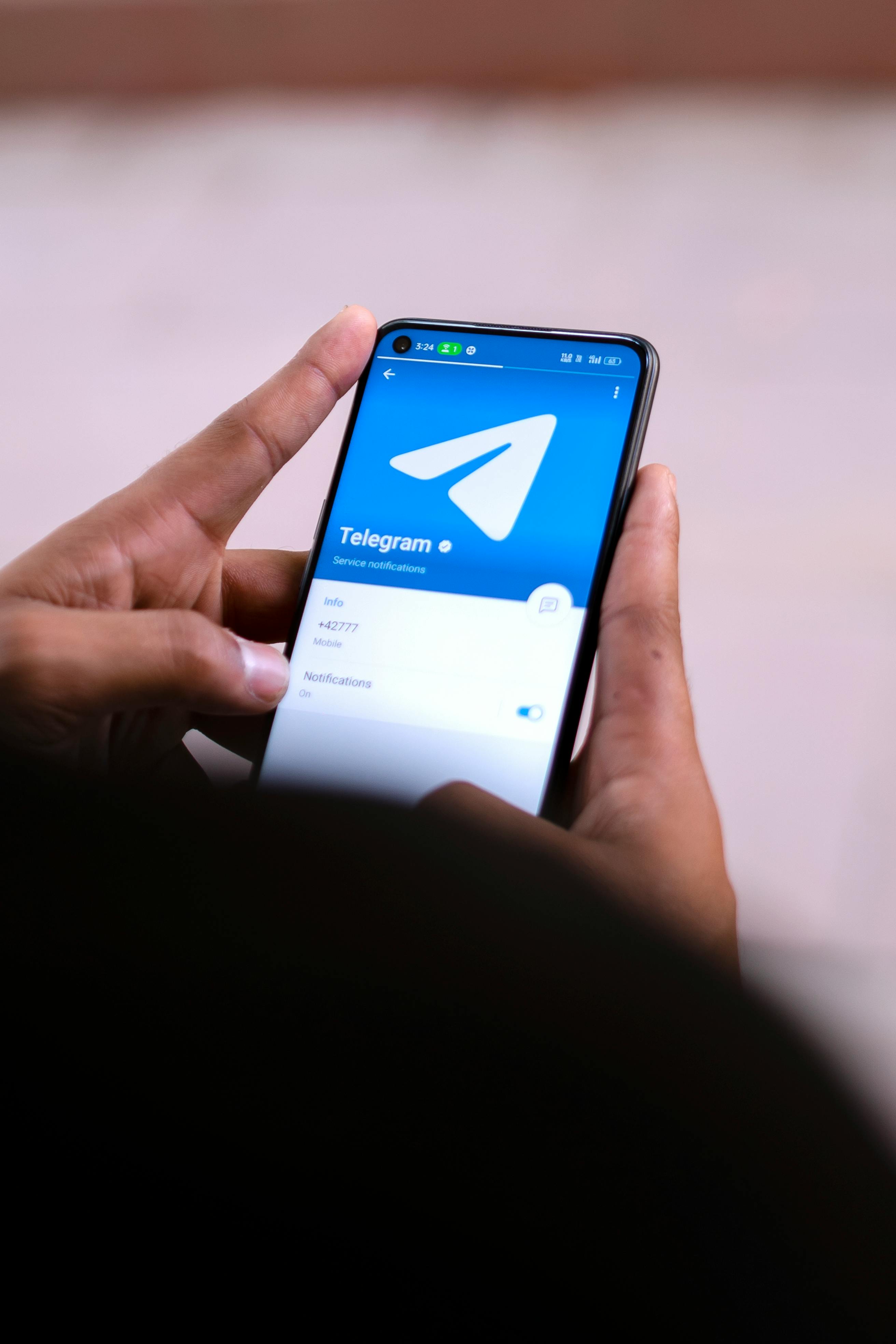Impersonation on Telegram vs. Trademark Infringement: Understanding the Difference

In today’s digital landscape, Telegram has become a vital platform for communication, communities, and business engagement. Unfortunately, this popularity has also attracted impersonators who exploit the platform to mimic brands, mislead audiences, and profit from unauthorized use. While this may seem similar to trademark infringement, the two have important distinctions that every brand owner should understand.
The Hidden Threat of Telegram Impersonation
Impersonators often create channels or bots that appear to represent a well-known brand. They may copy logos, visuals, or even the tone of official messaging to gain credibility. The consequences can be severe: misleading customers, spreading false information, or damaging your brand’s reputation. Unlike traditional legal disputes, Telegram impersonation demands rapid detection and removal. The longer a fake channel remains active, the greater the risk of audience confusion and reputational harm.
Why Trademark Infringement Requires Legal Action
Trademark infringement extends beyond online impersonation. It occurs when someone uses your registered brand identifiers in a way that creates consumer confusion or unfair competition. Examples include selling products under your brand name, mimicking your logo, or adopting a similar brand identity to compete in the market.
Trademark infringement is legally actionable, and remedies may include cease-and-desist orders, court injunctions, and financial compensation. Protecting your trademarks requires proactive registration, careful monitoring, and legal enforcement when necessary.
The Impact on Brands
Both Telegram impersonation and trademark infringement can harm a brand, but in different ways:
- Reputation Damage: Impersonators can mislead followers and create negative perceptions.
- Consumer Confusion: Trademark violations may trick customers into purchasing counterfeit products or services.
- Financial Loss: Both impersonation and infringement can result in lost revenue if not addressed promptly.
- Brand Dilution: Unauthorized use of brand assets can weaken market recognition over time.
Understanding these differences allows brands to respond effectively, using strategies tailored to the type of threat.
How to Safeguard Your Brand Online
- Monitor Your Brand: Regularly check Telegram channels and social media accounts for misuse of your brand identity.
- Report Impersonation Quickly: Use Telegram’s reporting tools to flag fake accounts and request their removal.
- Stay Legally Prepared: Maintain updated trademark registrations and consult experts for infringement cases.
- Leverage Professional Support: Services like Pellonia specialize in identifying and removing impersonation and copyright violations efficiently.
How Pellonia Can Help
Pellonia is dedicated to protecting creators and businesses from digital impersonation and copyright infringement. Our team monitors platforms like Telegram to detect unauthorized use of your brand, prepares removal requests, and ensures that impersonation channels are swiftly taken down. With Pellonia, you can defend your brand proactively, minimize reputation risks, and maintain the trust of your audience.
Contact Us today to learn how Pellonia can safeguard your brand from Telegram impersonation and trademark violations.




